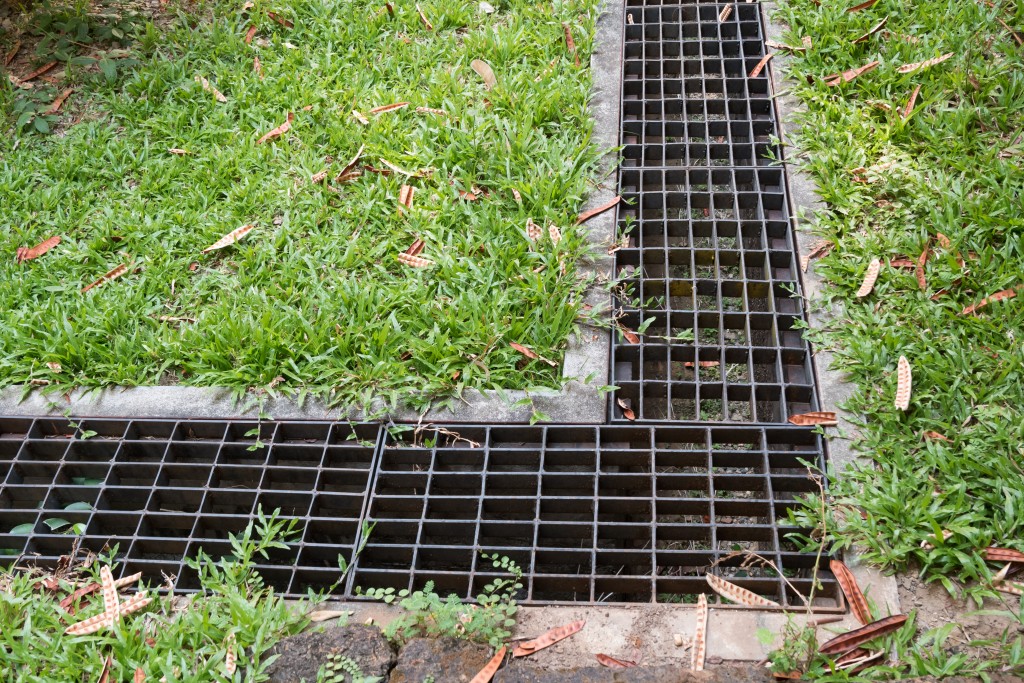Most of the time, heavy rains are not a problem for any well-made house. But when you look out at your yard and see a swampy mess, you should start to worry. Improper drainage in that area can cause trouble for you later. The stagnant water can become a breeding ground for pests and the water itself can seep into the ground and damage your home’s foundations.
You need to take steps to prevent the soggy yard from happening and here is how to do it:
Regrade The Yard
Gravity is one of your biggest enemies when it comes to drainage. This is because it literally pulls down all the water into the lowest part of your property. This can have various negative effects. If the lowest part of your property is your home, then water will flow towards it. But a soggy yard usually means that it is the lowest spot on your property.
If you want to correct all the water draining into your yard, you need to change the grade of your yard. It likely has a slope that encourages water to pool in it. You can change that with some simple landscaping. The best approach would add some soil to one part of your yard or dig a slope so that the water ends up in the part of your yard where you want it. Instead of water all over the place, you can have one wet spot, which can be drained easily.
Install Rain Gardens and Dry Wells
Now that you have a place where water concentrates, you can then use it for various purposes. Two favorites for water disposal are rain gardens and dry wells. Use some rock from the river or gravel to create channels towards these areas so that the water doesn’t soak the ground too much. You can also use them to make the floor of the gardens and the wells.
Rain gardens are pretty much areas where the soil is more porous and filled with plants that thrive in water. If your area is prone to rain, you can expect a rich and blooming garden soon. The great thing about these gardens is that they are great water filters. All the flowing water often has a lot of particles and pollutants. The rain garden absorbs them and only leaves clean water to leave.
Dry wells are another drainage solution. Instead of using the excess water to nurture plants and then drain it out of your property, these wells are for long-term storage of rainwater. The water that comes into them is then directed into underground wells with porous walls. The water is slowly distributed into the soil to help irrigate it. You can have multiple wells on your property, ensuring that your yard has water even on dry days.
Do Some Dethatching

When you have a lawn, you usually have a fine layer of grass on it. These are organic materials and they eventually die. Your lawn usually handles it by slowly decomposing the dead grass and replacing it with new. The problem is that it can take too long. All the dead grass can become thatch, which is a combination of all the organic material that fused together.
This creates a layer that is waterproof, which prevents water from entering the soil. This can be good at certain levels. A half-inch of thatch allows moisture to be retained for the surrounding grass while it can help regulate temperatures. The problem comes when the thatch becomes thick. It can now prevent sunlight and air from reaching the lower levels. This kills new grass and slowly destroys the lawn.
Dethatching is your only option. It is actually pretty simple. All you need is a rake. Just press down the rake deep so it reaches the entire thatch layer. You then pull it off. You’ll have several thatch layers ripped off in no time.
Aerate Your Soil
Another way to ensure that your backyard doesn’t become a swamp is to aerate it. Soil naturally compacts as people walk on it a lot and large objects frequently pass over it. The problem is that this eliminates the small holes through which air and water can pass through. Water has no exist in a yard with compacted soil. If you want to solve that, you can mechanically aerate it with hand tools or use worms to naturally aerate the soil.
A dry yard can be a good thing. This means that it looks better and drains away water properly. Implementing some lawn upgrades to improve drainage can be worth the time and effort, With them in place, you can be sure that your home will drain away any heavy rains that fall on your property.

